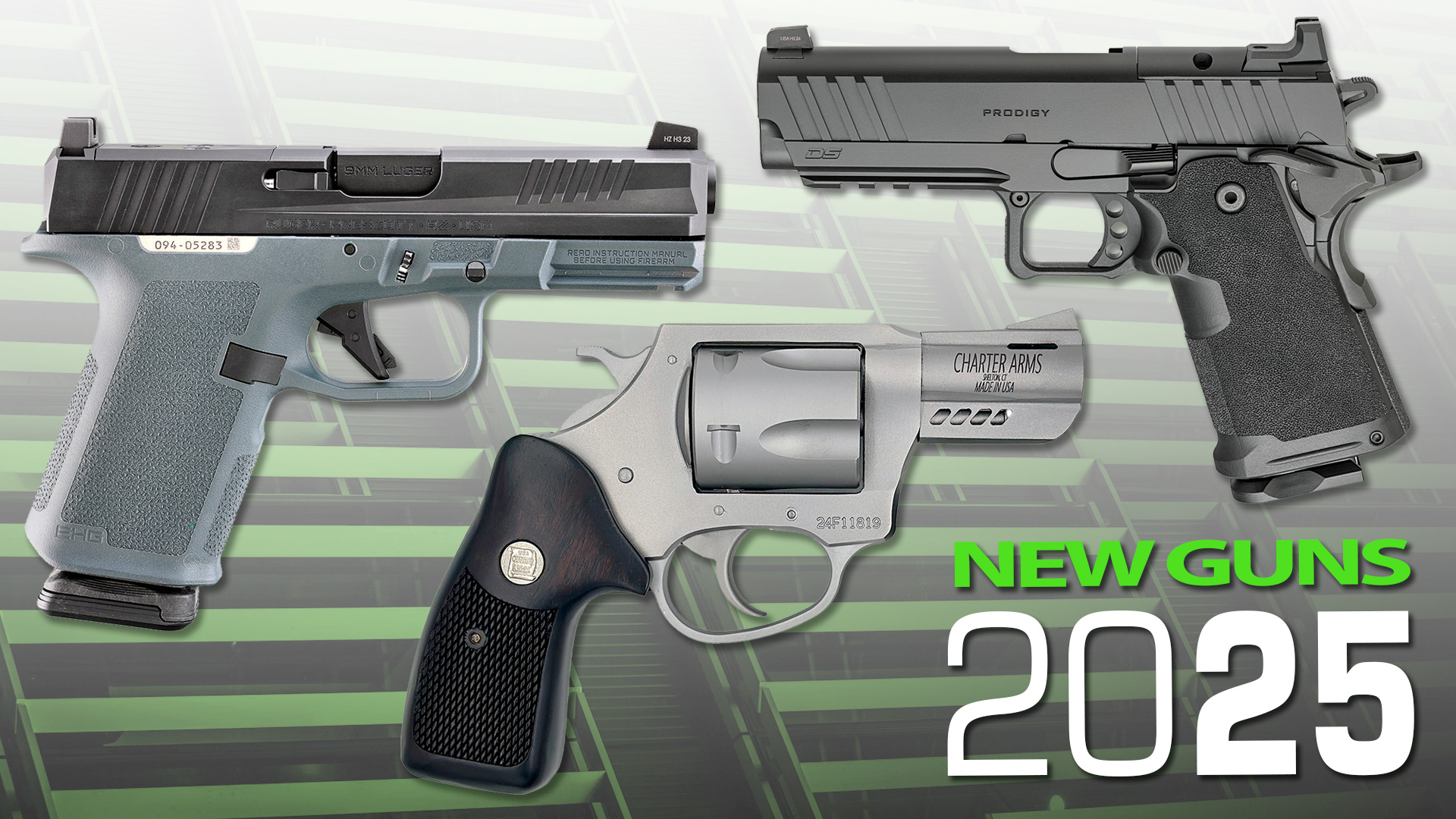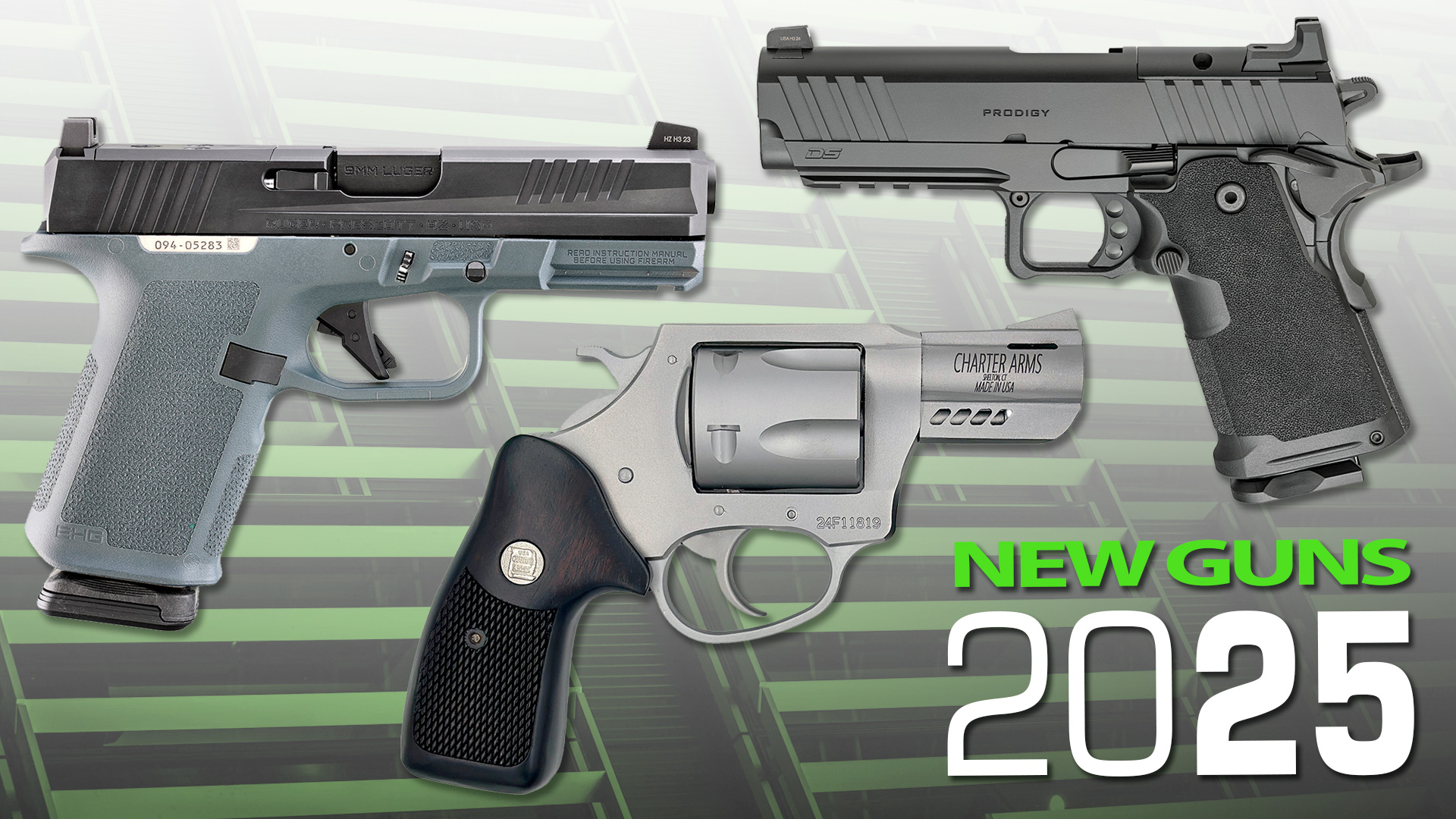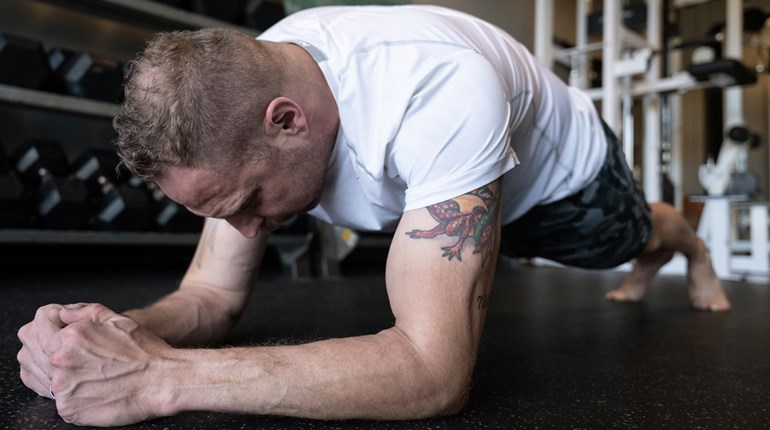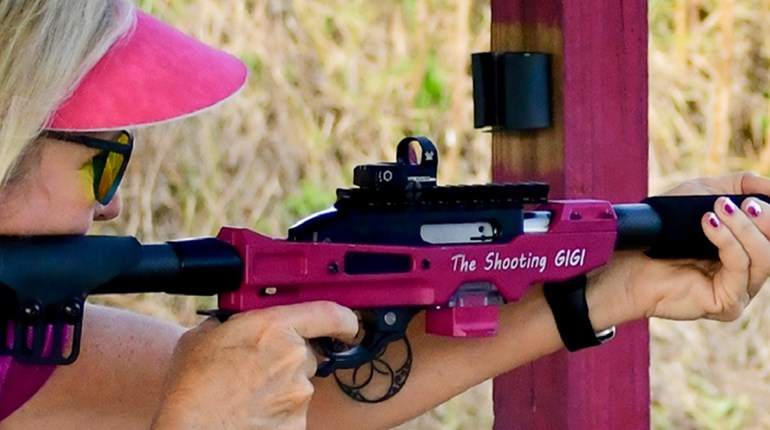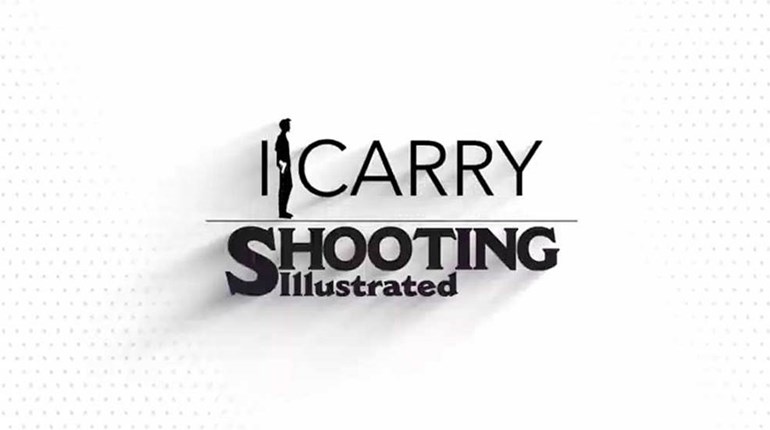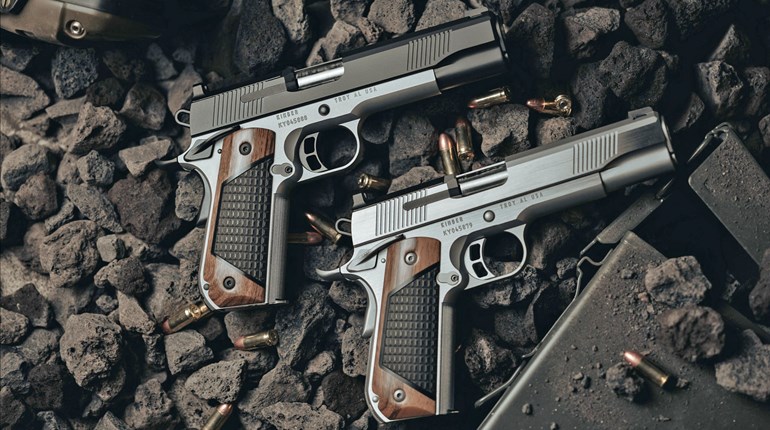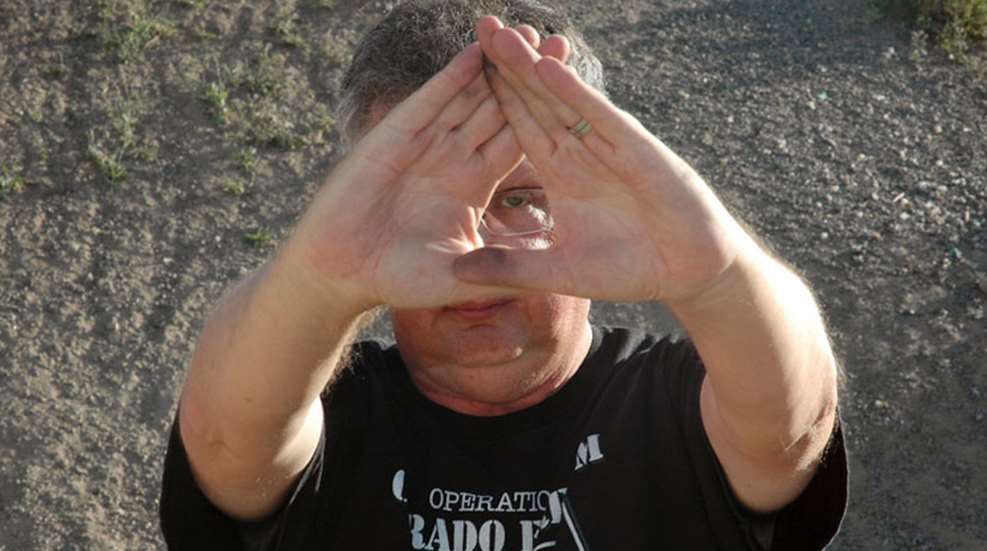
Cross-eye dominance is when your dominant hand and dominant eye are not the same. Most people can live their lives and not know they have a dominant eye that's different from their dominant hand, but this can be a big deal for a gun owner, as it can dramatically affect accuracy.
What is it?
To be honest, I was not a good shot as a young kid, and it wasn't until I took my first NRA Basic Pistol class as an adult that I found out why: I was cross-eye dominant. I'm right handed, but my strong eye—the one that focuses first and fastest—is my left eye. I found this out by conducting a simple test you can do yourself. Pick an object in the distance about 20 to 30 feet away and frame it using your hands as in the picture. While keeping your attention on the object you've picked out, slowly move your hands back towards your face so they end up touching your nose. You'll end up with your hands framing one of your eyes, and whichever eye that is will be your dominant eye.
How does it affect your aim?
Sixty-five percent of people have a dominant eye that is the same as their dominant hand. That is, if they're right handed, their dominant eye is their right eye (or left eye if they're left-handed). Eighteen percent of people are like me, with their dominant eye different from their dominant hand, while 17 percent of people have no identifiable dominant eye. Now that I'm aware of how my eyes affect my shooting, I can adjust for it when I need to.
How to compensate for cross-eye dominance
Shooting a pistol when cross-eye dominant is fairly easy: All I do is shift my grip and slightly so my gun and sight line up with my left eye rather than my right eye. I still draw from a right-handed holster and shoot as if my right hand was my "strong hand" when doing drills, because it is. Long guns such as rifles and shotguns are another matter: I've learned to shoot rifles and shotguns with my left hand, which means buying long guns that are friendly to left-handed shooters.
This is a challenge in a number of ways: Cross-bolt safeties—like on the Remington 870 shotgun or Kel-Tec SU-16C rifle—can be tricky to flick off with the left hand. I've compensated for that problem by buying Mossberg shotguns, which have a safety mounted on the back of the receiver equally accessible by either hand. I've also accessorized my AR platform guns with items like an ambidextrous safety switch and a charging handle that works well with either hand.
For me, being cross-eye dominant has meant that I've needed to learn how to shoot well with both hands. Has it made me a better shooter? I think it has. I feel it gives me an advantage when it comes to participating in a shooting sport like practical pistol or 3-gun, where odd shooting positions are to be expected. Because I've needed to learn how to shoot well with both my right and my left hand, I now have good trigger discipline when I shoot, no matter which hand I shoot with. What started off as a handicap, through training and practice, has now become a benefit.










